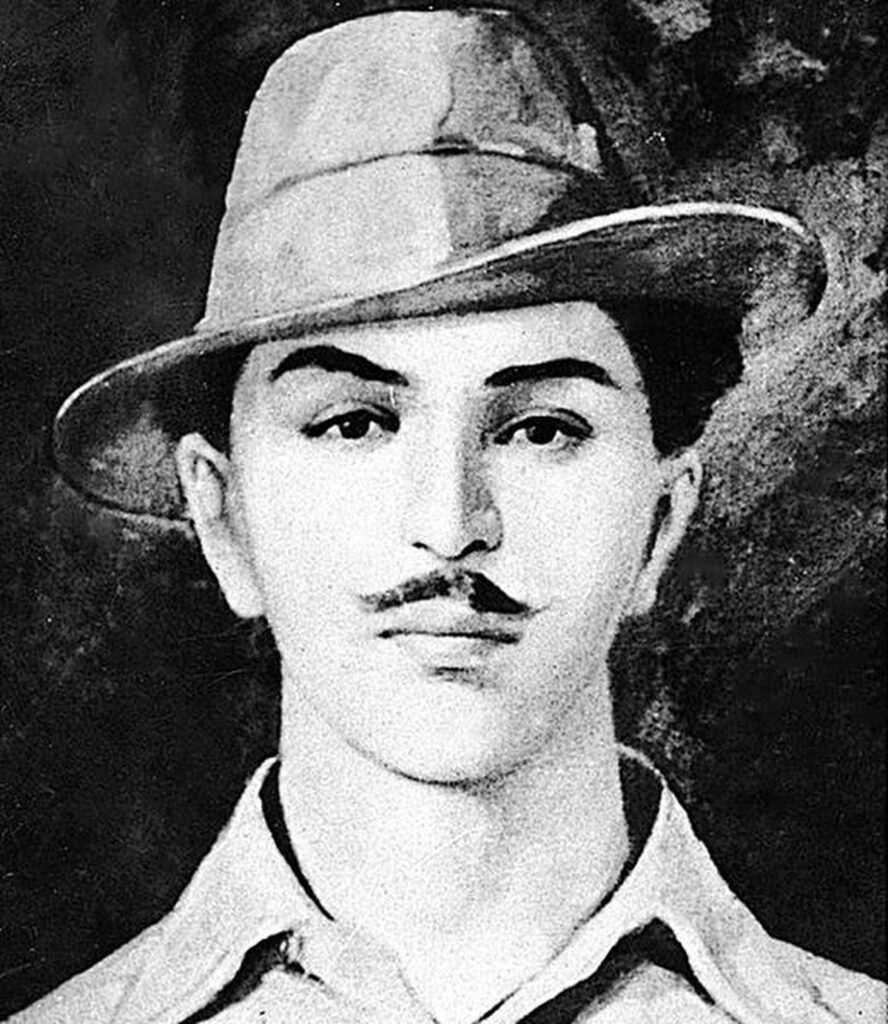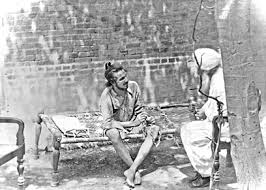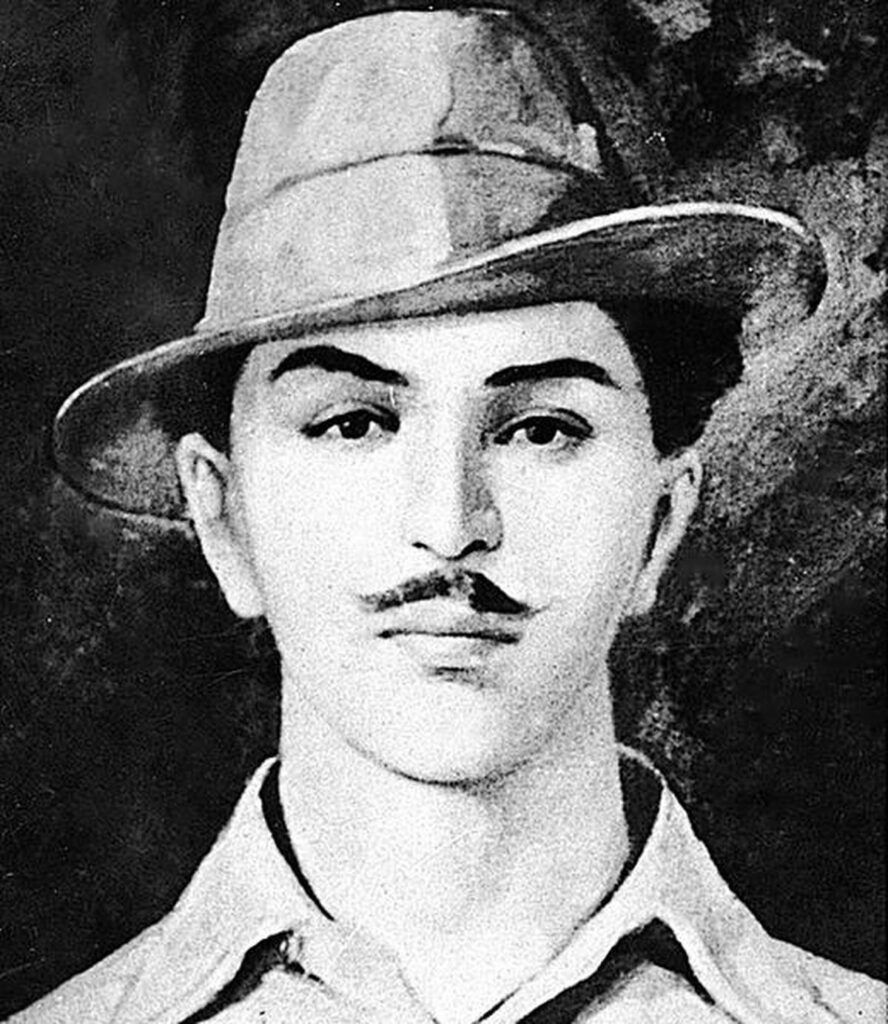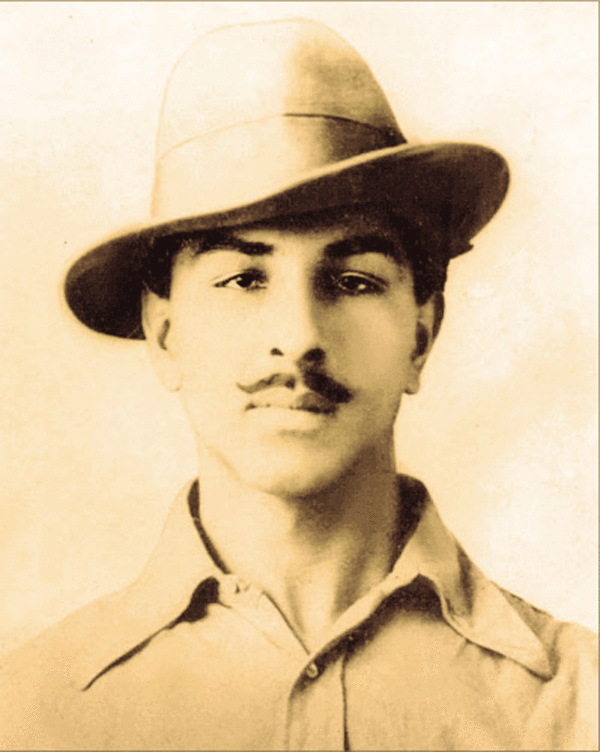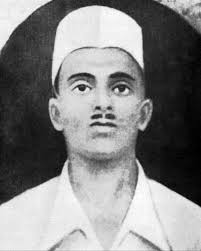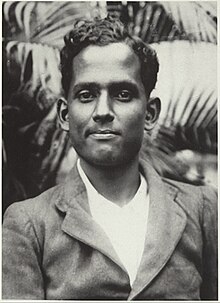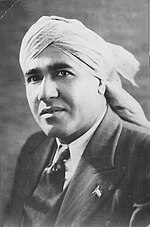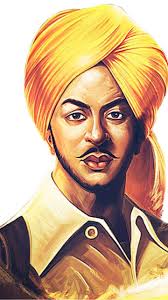Introduction
Bhagat Singh, one of India’s most celebrated revolutionaries, was arrested in connection with the Central Legislative Assembly bombing on April 8, 1929, along with his comrade Batukeshwar Dutt. He was later linked to the murder of British officer J.P. Saunders and sentenced to death. His time in prison was marked by remarkable intellectual growth, ideological refinement, and unwavering courage. Despite facing torture and the looming prospect of execution, Bhagat Singh continued to inspire the masses and strengthen the freedom struggle.
Arrest and Early Days in Jail
After the bombing of the Central Legislative Assembly, Bhagat Singh and Batukeshwar Dutt courted arrest voluntarily. They surrendered with the aim of using the trial as a platform to spread their revolutionary message. The British authorities imprisoned them in Delhi’s Central Jail, and later Bhagat Singh was transferred to Lahore Central Jail after being linked to the Saunders assassination case.
In the initial days of his imprisonment, Bhagat Singh spent time reading extensively and strategizing his ideological stance. His primary goals while in jail were:
- Strengthening his socialist ideology
- Protesting against British repression
- Raising awareness about the inhumane treatment of prisoners
Hunger Strike for Prisoner Rights
One of the most defining aspects of Bhagat Singh’s life in jail was his hunger strike in protest against the discriminatory treatment of Indian prisoners compared to British inmates. The British authorities provided better food, clothing, and living conditions to British prisoners, while Indian prisoners were given substandard meals and forced into harsh labor.
Bhagat Singh, along with his fellow revolutionaries like Jatin Das, Sukhdev, Rajguru, and others, demanded:
- Equal treatment of Indian and British prisoners
- Better food and hygienic conditions
- Provision of books and newspapers for political prisoners
- No forced labor for revolutionaries
The hunger strike lasted for 116 days, during which Bhagat Singh and his comrades endured immense physical suffering. Jatin Das succumbed to the strike on September 13, 1929, becoming a martyr for the cause. Bhagat Singh, despite his deteriorating health, refused to back down.
Intellectual Growth and Writings
While in jail, Bhagat Singh dedicated himself to reading and writing extensively. He studied Marxism, Leninism, and revolutionary literature, strengthening his belief in socialism. Some of his key intellectual activities included:
- Writing political essays on revolution, freedom, and class struggle
- Reading Karl Marx, Vladimir Lenin, and Friedrich Engels
- Drafting letters to the British authorities and fellow revolutionaries
One of his most famous essays, “Why I Am An Atheist”, was written in prison in 1930. In this piece, he explained why he rejected religious beliefs and emphasized rational thinking and scientific temper as essential to the revolution.
Trial and Defiant Court Behavior
During his trial, Bhagat Singh used the courtroom as a platform to expose British injustices. He refused to recognize the authority of the British court and instead focused on spreading revolutionary ideas. Some of his defiant acts included:
- Refusing to plead for mercy despite multiple opportunities
- Shouting slogans like “Inquilab Zindabad” (Long Live the Revolution!) inside the courtroom
- Using the trial to highlight British oppression and injustice
Despite international appeals for clemency and massive protests across India, the British government sentenced Bhagat Singh, Rajguru, and Sukhdev to death by hanging.
Final Days and Execution
As his execution date approached, Bhagat Singh remained steadfast in his commitment to the cause. On March 23, 1931, he was hanged in Lahore Central Jail, along with Rajguru and Sukhdev. The British, fearing public outrage, carried out the execution ahead of schedule and secretly disposed of their bodies.
Legacy and Inspiration
Bhagat Singh’s time in jail transformed him into an ideological leader, not just a revolutionary fighter. His writings, hunger strikes, and fearless approach to death made him a symbol of courage and sacrifice in India’s struggle for independence. Today, his prison writings continue to inspire generations of activists and political thinkers.
Reference Websites:
- Wikipedia – Bhagat Singh’s Prison Life
https://en.wikipedia.org/wiki/Bhagat_Singh
- The Hindu – Bhagat Singh’s Writings in Jail
https://www.thehindu.com/
- Times of India – The Hunger Strike of 1929
[https://timesofindia.indiat


